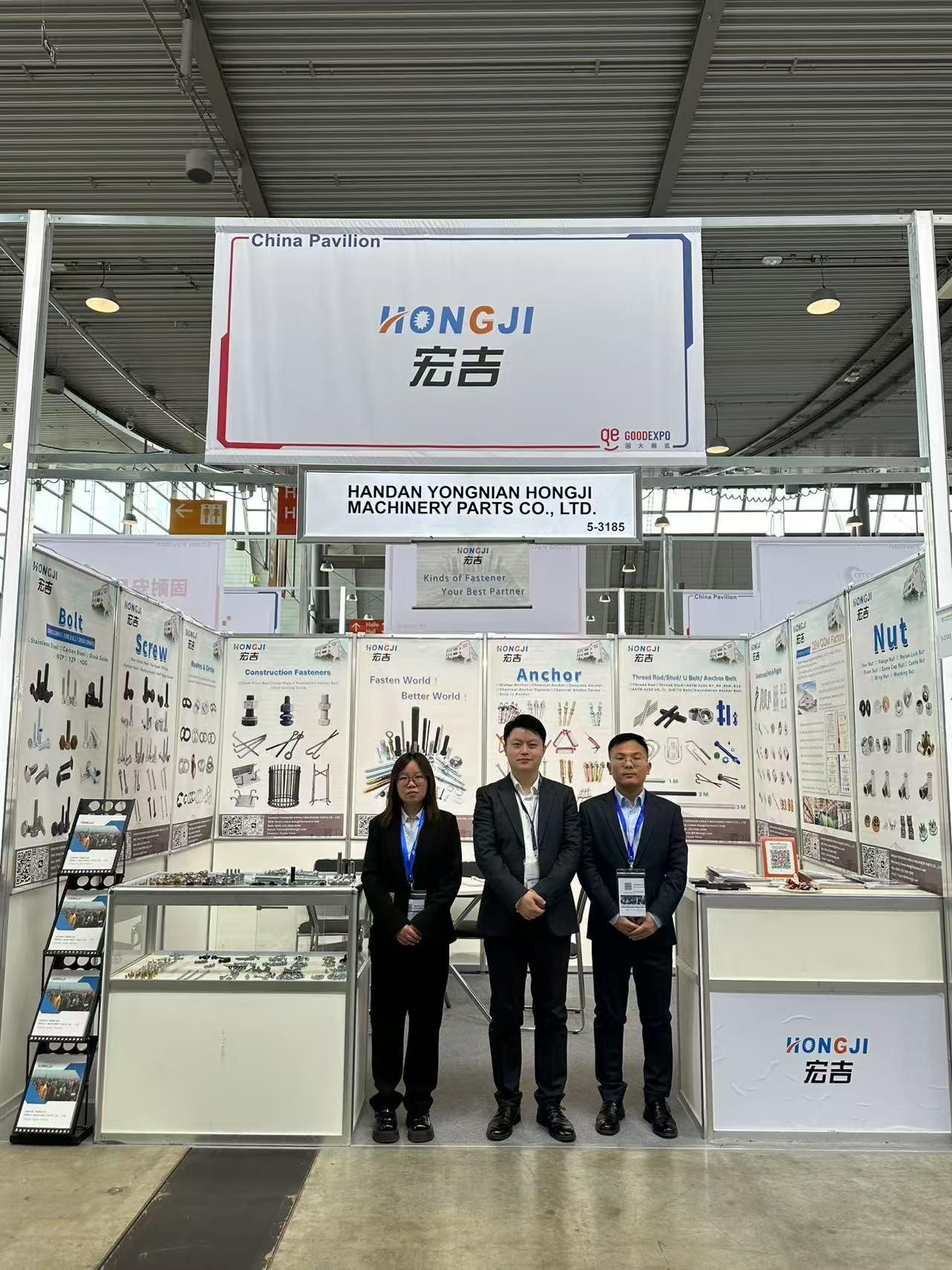In 2025, the global fastener market shows significant fluctuations under the interweaving of multiple factors. According to the latest industry analysis, the global market size is expected to exceed 100 billion US dollars, with a compound annual growth rate of 5%. The Asian market leads the world with a 40% share. Among them, China and India contribute 15% and 12% of the growth respectively, mainly benefiting from the strong demand in the automotive manufacturing, new energy and infrastructure construction fields. At the same time, the North American and European markets account for 20% and 8% of the share respectively. However, restricted by the supply chain adjustment and the tightening of environmental regulations, the growth rate is relatively stable.
Demand-driven: Automobile and New Energy as Core Engines
The automotive industry remains the largest demand side for fasteners, accounting for more than 30%. A single Tesla Model 3 vehicle requires over 100,000 fasteners. Moreover, the trend of lightweighting in new energy vehicles has led to a surge in the demand for high-strength and corrosion-resistant products. The application proportion of titanium alloy and stainless steel fasteners has increased by more than 10% compared with that in 2018. In addition, the expansion of renewable energy projects such as wind power and photovoltaic has further boosted the penetration of high-end fasteners in the energy field.
Technological Innovation: Intelligence and Material Breakthroughs Reshape the Industry
Intelligent manufacturing has become the core of the industry's transformation. The application of industrial robots and Internet of Things (IoT) technologies has enabled a German manufacturer to achieve an automation rate of 90% in its production line, increasing efficiency by 30%. In the field of materials, there have been remarkable innovations such as high-strength steel and biodegradable materials. An environmentally friendly fastener developed by a US enterprise balances performance and sustainability. Chinese manufacturers, on the other hand, have launched new products with a 20% increase in tensile strength. The annual average growth of global research and development investment is 7%, driving the industry's upgrade towards high precision and
lightweighting.
Intensified Competition: International Giants and Local Enterprises in a Tug of War
The market presents an oligopolistic competition pattern. International giants such as Schneider and Siemens account for more than 30% of the market share. Meanwhile, Chinese enterprises like Taishan Iron and Steel and Baosteel are accelerating their international layout through mergers and acquisitions and technological breakthroughs. Price wars and differentiation strategies coexist. The high-end market focuses on technological barriers, while the mid-to-low-end market relies on cost advantages. Multinational enterprises seize emerging markets through local cooperation. For example, India and Southeast Asia have become new growth hotspots.
Policies and Challenges: Dual Pressures of Environmental Regulations and Trade Frictions
The strict environmental protection standards in the European Union force enterprises to shift towards green production. China's "Made in China 2025" policy promotes the intelligent upgrading of the industry. However, the fluctuations in raw material prices and the intensification of international trade frictions have increased uncertainties. For example, the adjustment of US tariffs on Chinese fasteners has put pressure on the profits of some export-oriented enterprises. In addition, the preferences of the post-1990s and post-2000s consumer groups for brands and personalization have prompted enterprises to accelerate the layout of e-commerce channels, leading to a surge in online procurement volumes in second- and third-tier cities.
Future Outlook: Sustainable Development and Global Collaboration
Industry experts point out that 2025 will be a watershed for the fastener industry. Enterprises need to balance technological innovation and cost control, strengthen the resilience of the supply chain, and explore the circular economy model. It is expected that by 2030, the market share of environmentally friendly products will double, and Chinese manufacturers are expected to break the international monopoly in the high-end market.

Ps: The above information is from the Internet. Please contact us for deletion if there is any infringement.
Post time: Apr-17-2025

